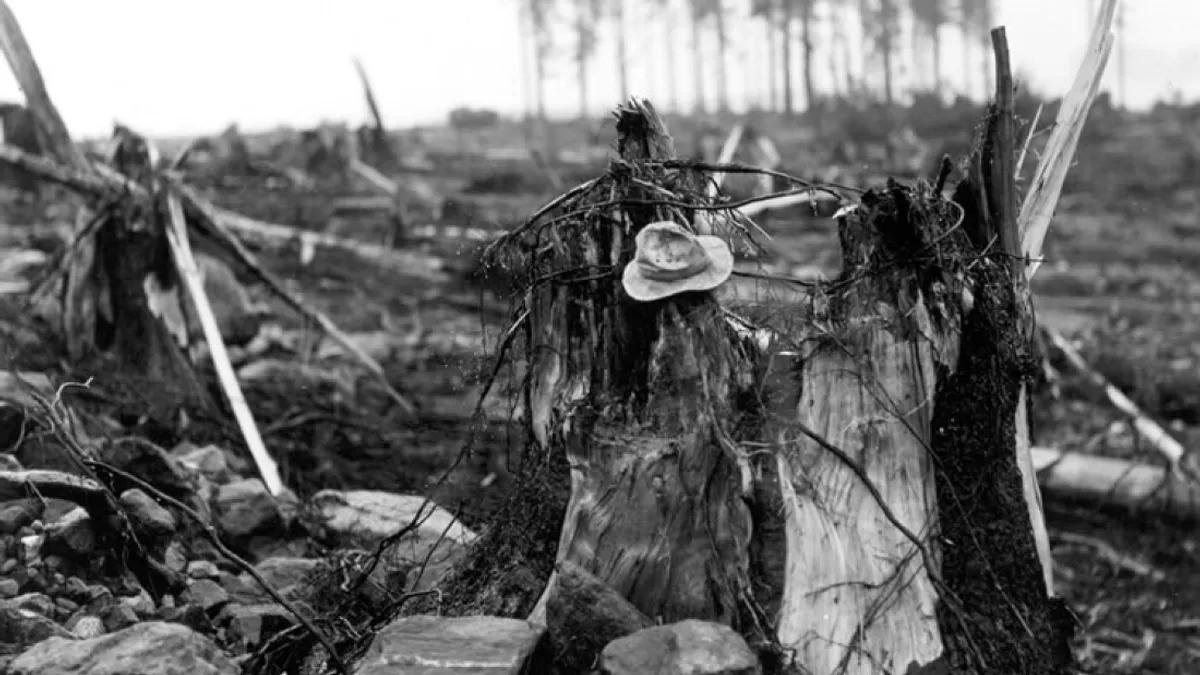In 1958, Alaska experienced a megatsunami, an awe-inspiring natural event that remains unparalleled in recorded history. The colossal wave, taller than the Empire State Building, crashed into Lituya Bay, a remote location along the Gulf of Alaska, sparingly populated and mitigating its overall destructive impact. Though the wave stands as the tallest ever recorded, claiming five lives, its devastation was localized due to the bay’s isolation.
The catastrophe unfolded when a massive rock, measuring 732 meters by 914 meters and 91 meters thick, plummeted 610 meters from the northern wall of the inlet into the water, triggering the megatsunami. This rockfall, likened to the force of an asteroid hitting the water, sent shockwaves through Lituya Bay.
The bay’s unique U-shaped seabed, resembling a narrow fjord, exacerbated the effects, creating a back-and-forth sloshing motion that resulted in multiple enormous waves, the largest towering at a staggering 524 meters high.
Survivors faced an apocalyptic scenario, with some managing to ride out the colossal waves in their fishing vessels. A fisherman vividly described being lofted over a forested spit on the crest of one wave, looking down at the trees below. Unfortunately, five individuals lost their lives that day, with three perishing on the beach as the sea subsided 30 meters below sea level, and two fishermen who went missing during the chaos.
The megatsunami’s aftermath is still visible today, even from space. The ferocity of the tsunami uprooted trees, leaving a noticeable barrier of younger foliage that serves as a haunting reminder of the event. This physical evidence underscores the unprecedented power unleashed by the megatsunami, ripping trees from their roots and further endangering the vessels that weathered the waves.
The triggering earthquake’s intensity and the rapid onset of the tsunami left little time for preventive measures, emphasizing the difficulty of averting tragedy in such extreme circumstances. The Western States Seismic Policy Council (WSSPC) concluded that, while little could have been done to prevent the loss of lives that day, documenting such events is crucial for posterity.
Additionally, the WSSPC stressed the importance of considering extreme events like tsunamis in development decisions for coastal areas with high seismicity or vulnerability to such disasters. The 1958 Lituya Bay megatsunami serves as a stark reminder of nature’s unpredictability and the need for comprehensive preparedness in vulnerable regions.

